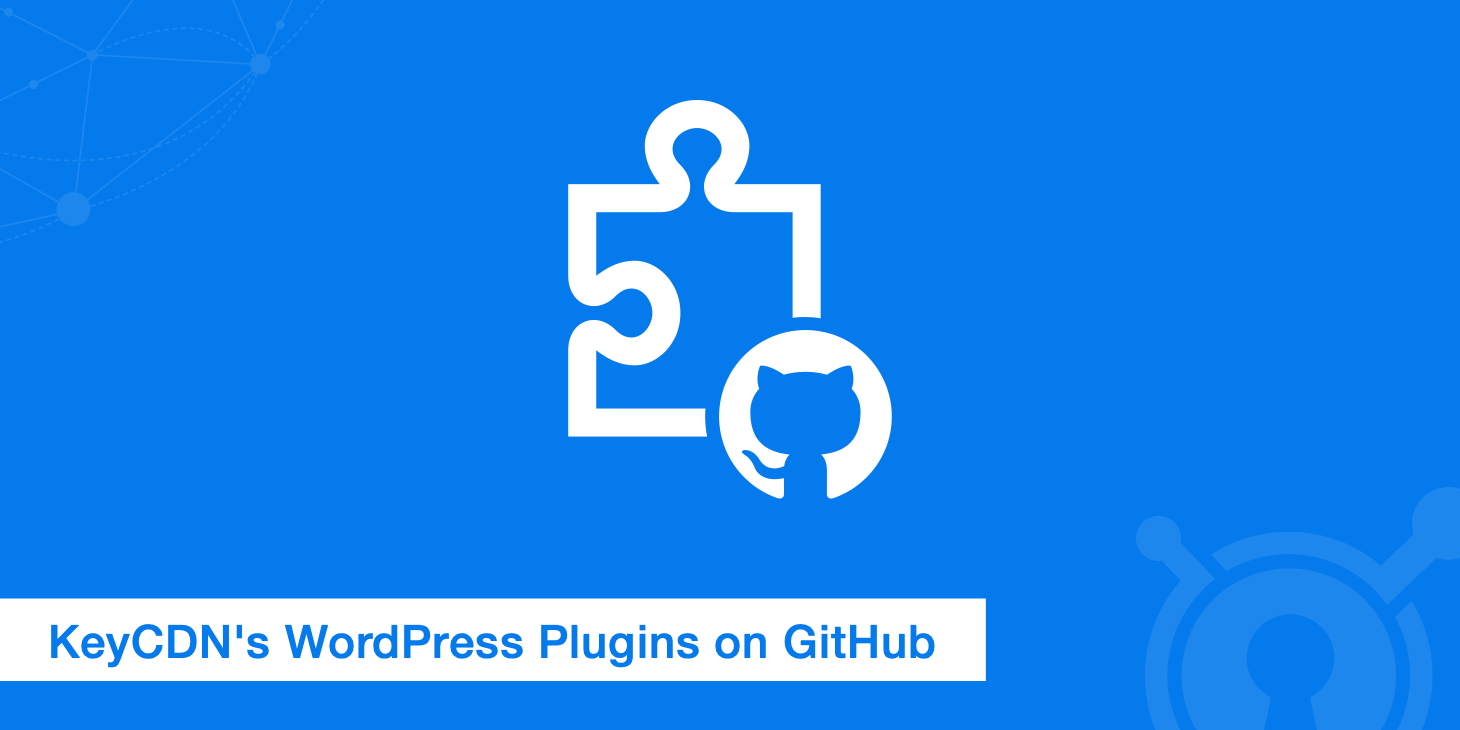
KeyCDN's WordPress Plugins Are Now on GitHub
KeyCDN loves giving back to the web performance community which is why we created three WordPress plugins that are directly related to making websites faster - CDN Enabler, Cache Enabler, and Optimus. Each of these plugins serves a different purpose however they all share the common goal of making websites perform better. We've gotten great response and feedback from our users since the launch of each plugin and now we're happy to announce that each plugin is publicly available on GitHub.
September 28, 2017 Read more